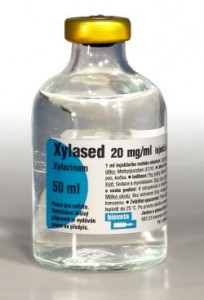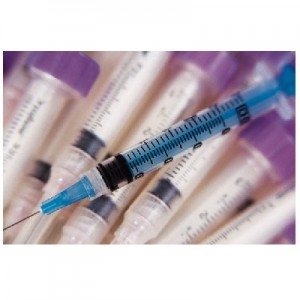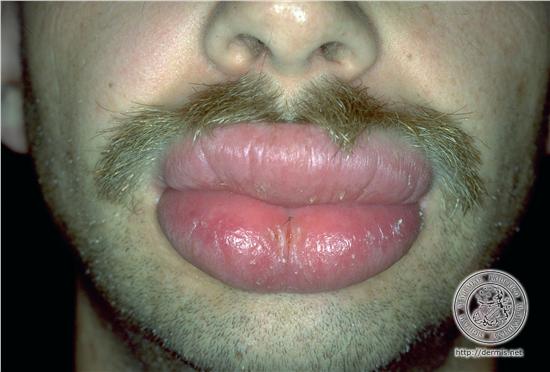Using of ionizing radiation to kill cancer cells.
How does radiotherapy work?
Radiation therapy kills cells by interacting with the water molecules which are present in our cell. Charged molecules will be produced and distrupt the biochemical process of our cells. (DNA is damaged) Continue reading




